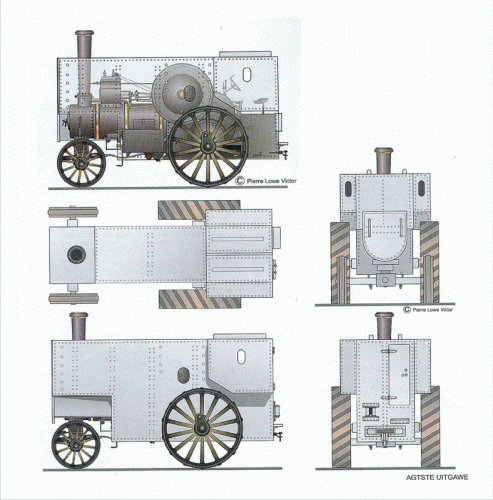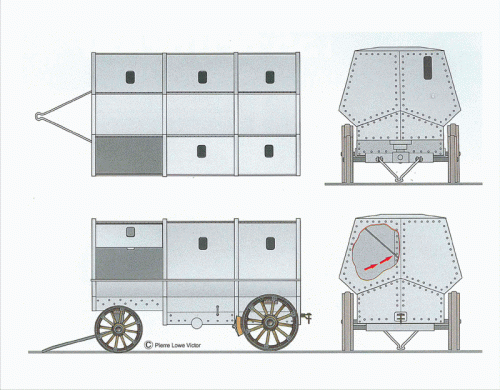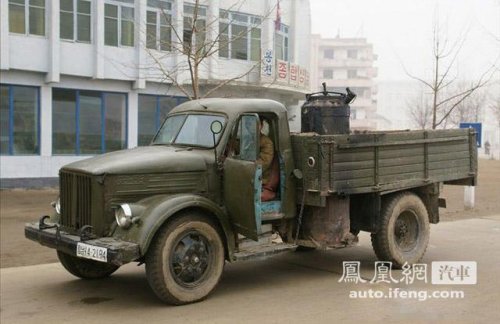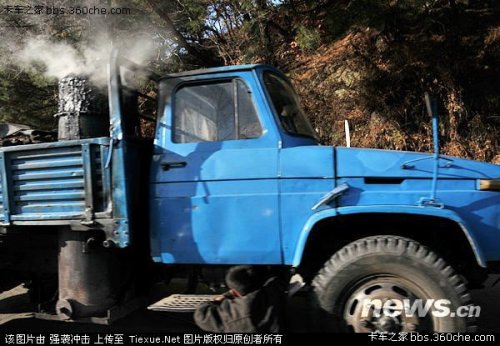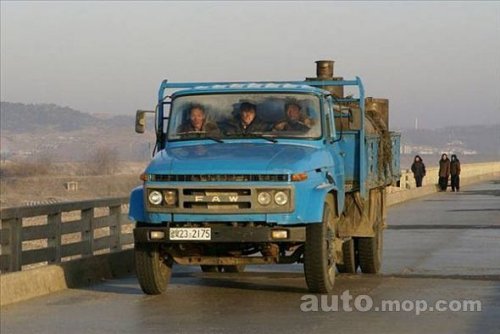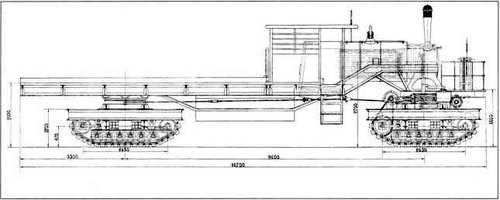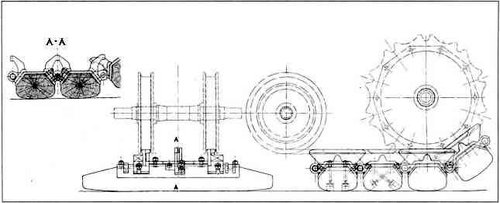goose
ACCESS: Restricted
- Joined
- 14 July 2010
- Messages
- 29
- Reaction score
- 6
I have read that the Germans experimented with steam power for their Panzers in ww2. I expect that the multi-fuel nature of this technology was attactive to the Germans when they started to run out of petrol. Steam engines can produce high torque at low speeds, an attactive feature for a tank engine. Does anyone have any more info and has any post war development taken place?

